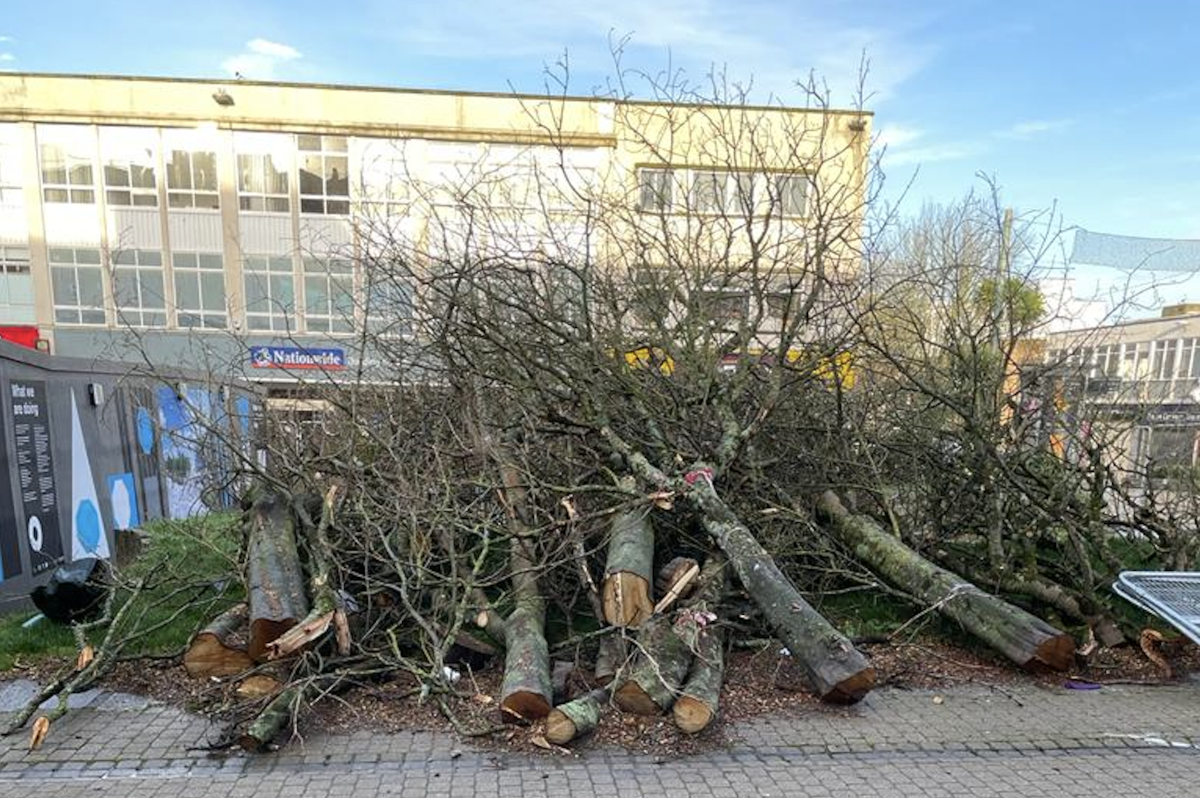Under changes to the planning system in England, from November 2023 Biodiversity Net Gain (BNG) will require most housebuilding companies to add 10% more wildlife and habitat to land they wish to build on as a prerequisite to obtaining planning permission.
In its recent response to its consultation on BNG, government confirmed that small scale self build custom housebuilders can expect to be exempt from this requirement. The consultation had 590 respondents, the majority of which were local authorities, with 11% of responses from developers.
Up until now local authorities were able to set their own targets around the natural environment in terms of housing, with many stating ‘no net loss’ in policy, but the Environment Act 2021 paved the way for change. In addition to the new 10% requirement, local authorities can choose to have higher net gain percentages, although the consultation response supported the view that careful consideration should be given to the feasibility requirements for higher figures.
While the move is great for habitats and wildlife, large scale housebuilders have warned that there could be a stalling of the market and fewer affordable homes if more transparency around the process is not forthcoming, reported The Times in February.
Equally, there are fears that the additional costs and fewer houses built will increase the cost of new homes, which will ultimately be put back on to purchasers.
In order to provide this 10% gain, land for development must be carefully assessed and additional habitats or measures must be created – or invested in offsite. This could include elements such as orchards, meadows or ponds provided around a development or an investment in ‘credits’ that are used to improve wildlife elsewhere, to be used where onsite provision is impractical.
Environment secretary Therese Coffey said: “Biodiversity Net Gain will ensure new developments work for both wildlife and people by creating nature-rich places whilst ensuring that communities get the new homes they need.
“We will continue to support and work with developers and planning authorities ahead of the introduction of Biodiversity Net Gain.”
Biodiversity Net Gain and Self Build
On the question of self build exemptions, 76% said they did not think that custom and self build should be exempt, with 8% stating they should be, but the question was raised as to how many units such schemes might comprise of. However, the expectation remains that custom and self build will be exempt, and NaCSBA looks forward to the wording of the intended exemption being published.
Small Sites Metric
On sites that meet size and absence of priority habitats criteria, SMEs can use the small sites metric. This offers a transition period until April 2024 that will give companies more time to understand the process and commitment.
For residential development, this is applied to sites of 9 homes or less on site less than an hectare, or 0.5 hectares where the number of dwellings is unknown.
The small sites metric tool will also include additional help and support to getting the process right. However, the UK Green Building Council says exemption risks 100,000 developments a year not providing for nature.
PAS, the Planning Advisory Service, has produced a series of case studies on Biodiversity Net Gain and Nature Recovery aimed at local authority planners, that offer useful insight into the process, and drawing on government’s recently published Environmental Improvement Plan 2023.
Image: Plymouth Council’s decision to remove much-loved trees in the night to make way for development has brought national condemnation.



